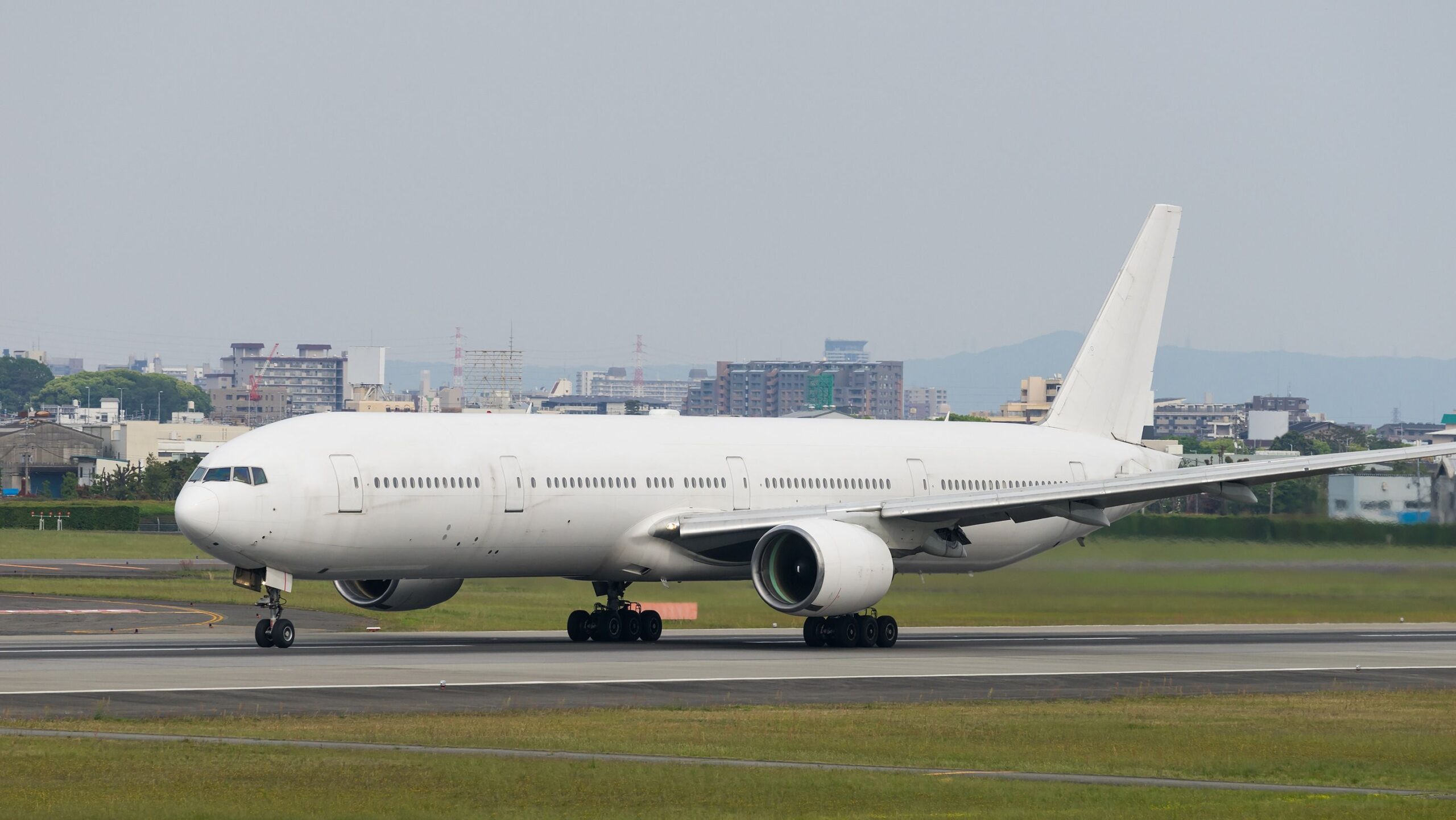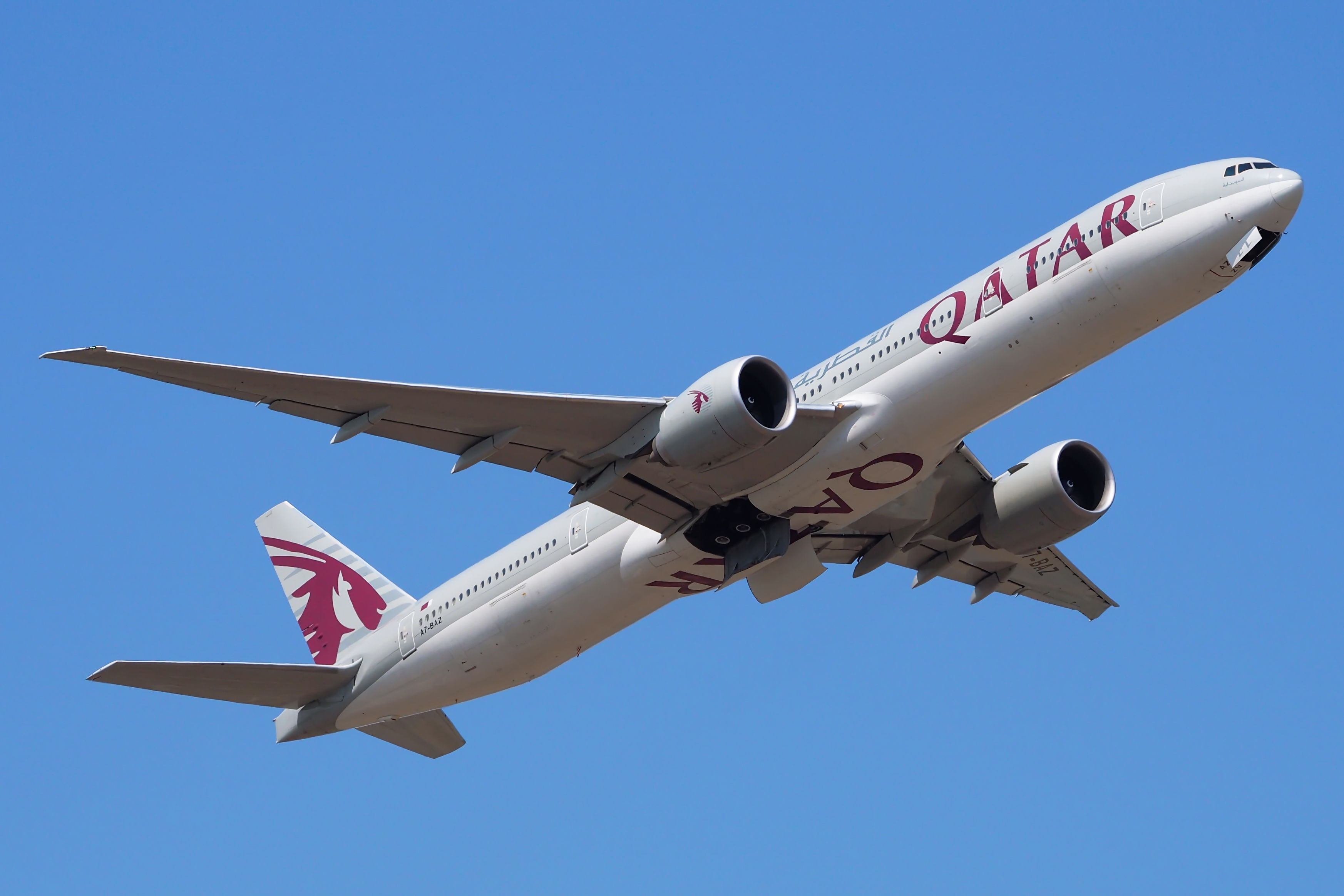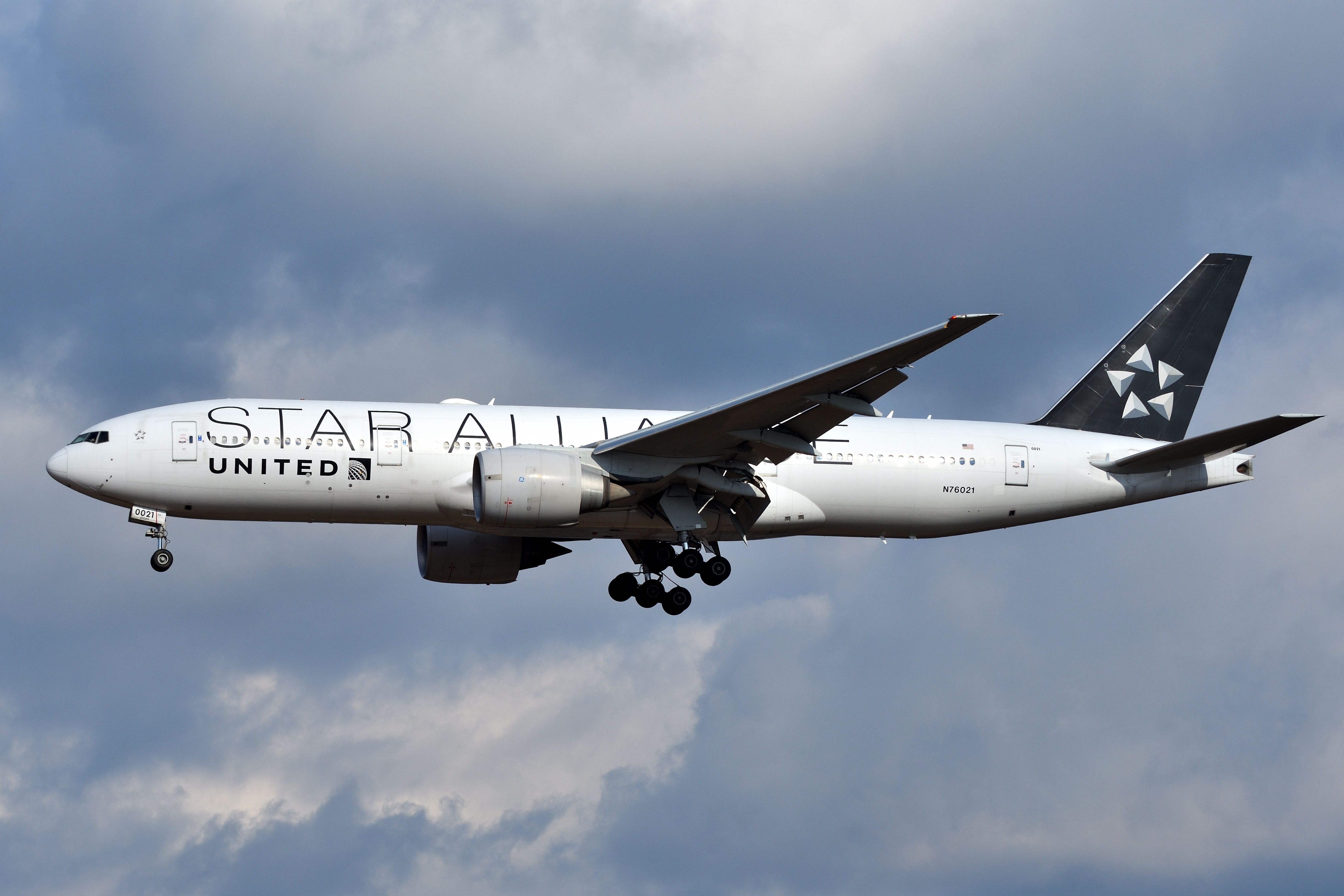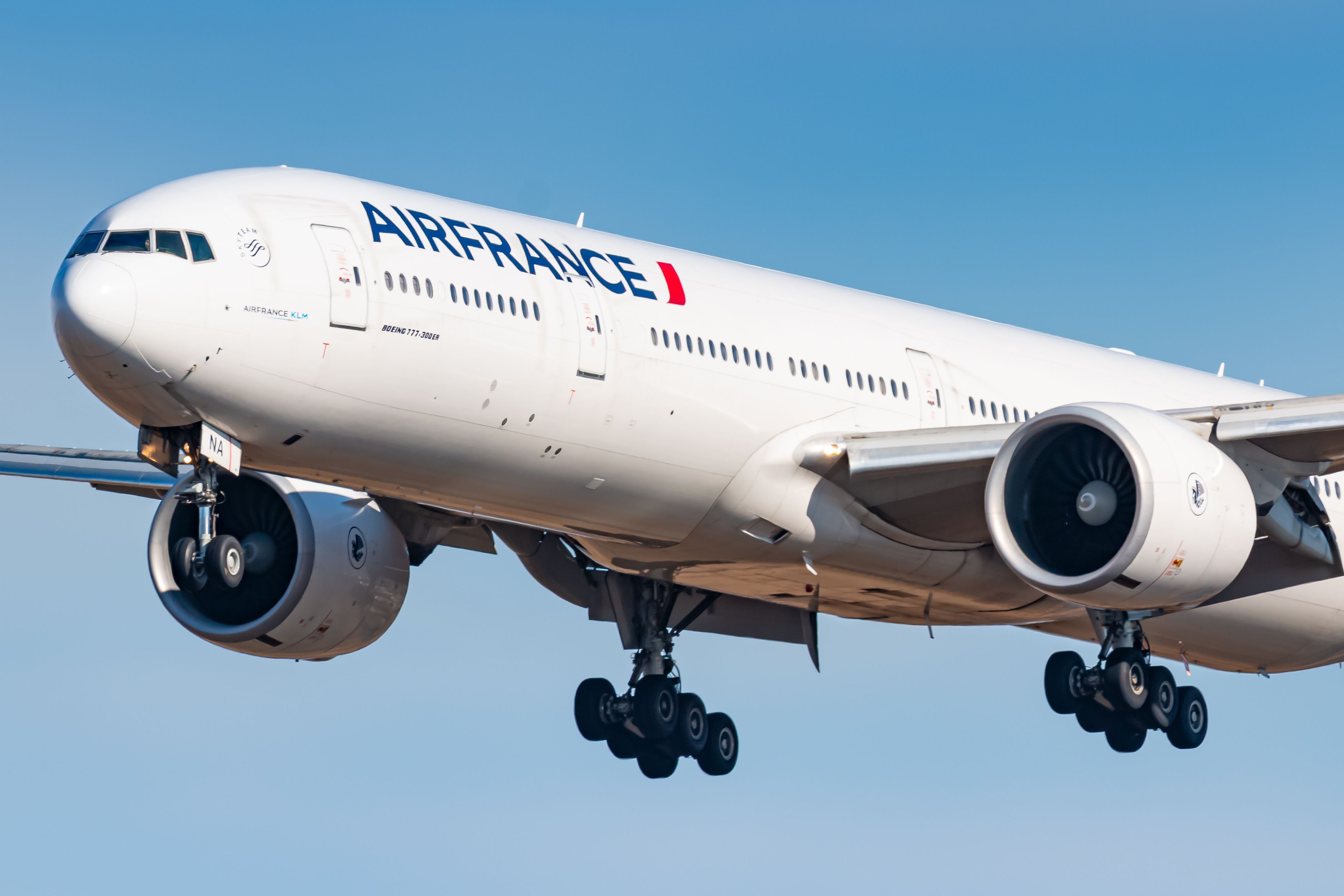Summary
- The FAA has issued an airworthiness directive for all Boeing 777 aircraft due to a potentially unsafe condition.
- Investigation into a turn-back incident revealed a broken no-back brake ratchet pawl and a faulty spring guide pin bore, resulting in a lock-up condition of the TE flap transmission assembly.
- Ch-aviation data showed there are 1,264 active Boeing 777 aircraft with 77 different airlines.
The United States (US) Federal Aviation Administration (FAA) has issued an airworthiness directive addressing a potentially unsafe condition for all Boeing 777 aircraft, excluding the 777X. According to the regulator, a report about a turn-back, which was done due to a ‘FLAPS DRIVE’ caution message, prompted the directive. In the notice of proposed rulemaking (NPRM), which preceded the AD, the FAA noted that subsequent investigation “found that the torque trip indicator of the No. 2 trailing edge (TE) flap transmission assembly was in the set position, which had caused the “FLAPS DRIVE” caution message.”
Lock-up condition
Following a teardown, a “broken no-back brake ratchet pawl; the broken piece had lodged itself between the housing and a drive gear” resulted in a TE flap transmission assembly lock-up condition. Subsequently, Boeing found that the broken pawl had a spring guide pin bore that “did not meet design requirements.” The FAA added that there have been three known incidents related where ratchet pawls from the same supplier cracked on the Boeing 777 since 2018. “The three broken pawls were manufactured by the same sub-tier supplier, which is no longer in business,” the regulator said.
Explaining the failure, the FAA said that a “broken ratchet pawl assembly, in combination with an upstream torque tube disconnect, can cause failure of the no-back brake to hold flap surfaces in a commanded position,” which is a condition called flap ‘blowback’. In addition, the broken assembly of the part “can allow debris in the transmission assembly, which can prevent the pawl from engaging the ratchet plate or cause other damage to the transmission assembly.”
“Both conditions can cause failure of the no-back brake, in combination with an upstream torque tube disconnect, which could lead to uncommanded retraction of the TE flap resulting in asymmetric loss of lift that can affect continued safe flight and landing.”
The FAA issued the NPRM on April 6, 2023. According to The Aviation Herald records, the only incident that occurred a year before the NPRM was a Qatar Airways Boeing 777-300ER, registered as A7-BAI, returning to Brisbane Airport (BNE). The airline’s spokesperson told Doha News that the aircraft returned to BNE due to “a technical issue.” However, there could have been other flap-related turn-backs within the same period that were not recorded publicly.
Installing or replacing TE flap parts
To address the unsafe condition, the FAA mandated that operators of all Boeing 777 must refer to the manufacturer’s Boeing Alert Requirements Bulletin 777–27A0123 RB, Revision 1, dated January 16, 2023, for instructions on how to comply with the directive. Firstly, the bulletin specifies procedures on how to inspect or review records to find the affected serial numbers of the parts, resulting in subsequent instructions on how to remove and install a new TE flap transmission assembly or how to remove and install TE flap transmission and ratchet pawl assemblies that are serviceable.
The FAA estimated that the AD would affect 267 Boeing 777s registered in the US. Furthermore, the regulator said that inspecting the parts or reviewing maintenance records would cost operators $85 per inspection. Replacing either the TE flap transmission and ratchet pawl assemblies or the TE flap transmission assembly would set back airlines operating the type $5,600 per aircraft, with the FAA highlighting that it cannot determine the “number of aircraft that might need these replacements.”
Photo: viper-zero | Shutterstock
Airlines requesting changes
Air France, China Eastern Airlines, FedEx, and United Airlines or their maintenance subsidiaries commented on the directive, while Boeing and the Air Line Pilots Association, International (ALPA) supported the NPRM without any changes. China Eastern Airlines, FedEx, and United Airlines proposed that airlines should not have to comply with the directive if they inspected or replaced the affected parts according to Boeing Requirements Bulletin 777–27A0123 RB, initially issued in October 2021. The FAA agreed.
Meanwhile, Air France asked that the AD should apply to the assembly and not the aircraft, which would “prevent shops from providing airlines with a replacement part on which the actions specified in the proposed AD have not been accomplished.” The FAA disagreed, saying that a directive is issued against an aircraft since, in this case, “affected assemblies are rotable parts, so it is possible that an affected assembly could be installed on numerous airplanes during its service life.” As a result, the issued directive prohibits the installation of the affected parts.
Photo: Lukas Wunderlich | Shutterstock
Lastly, United Airlines and FedEx expressed more concerns. The former said that “service information specifies to mark the service bulletin number on the part,” which could make tracking the part in its systems difficult. The latter added that “the part number does not change after modification, which will present difficulties with operators’ part tracking systems,” asking the FAA to work with Boeing to come up with a standardized method to track parts, “such as adding a letter after the serial number.”
The FAA did not agree with the two airlines. While it admitted that “it may be easier for the commenters to track modified parts using a revised serial number, the FAA cannot assume all operators would use the same tracking system.” The regulator also noted that “part marking with a service bulletin number is an established process that has been required by other ADs,” adding that it would still consider alternative methods of compliance (AMOC).
“Except for minor editorial changes, and any other changes described previously, this AD is adopted as proposed in the NPRM. None of the changes will increase the economic burden on any operator.”
According to ch-aviation data, there are 1,264 active Boeing 777 aircraft, with 77 different airlines operating the type currently. With stored and in maintenance aircraft, there are a total of 1,559 Boeing 777s assigned to 88 different airlines. The most popular variant is the Boeing 777-300ER, with 44 unique carriers using 703 777-300ERs to operate flights. The least popular is the 777-200, with only 19 active aircraft of the type, 17 of which are operated by United Airlines.
Sources: ch-aviation





